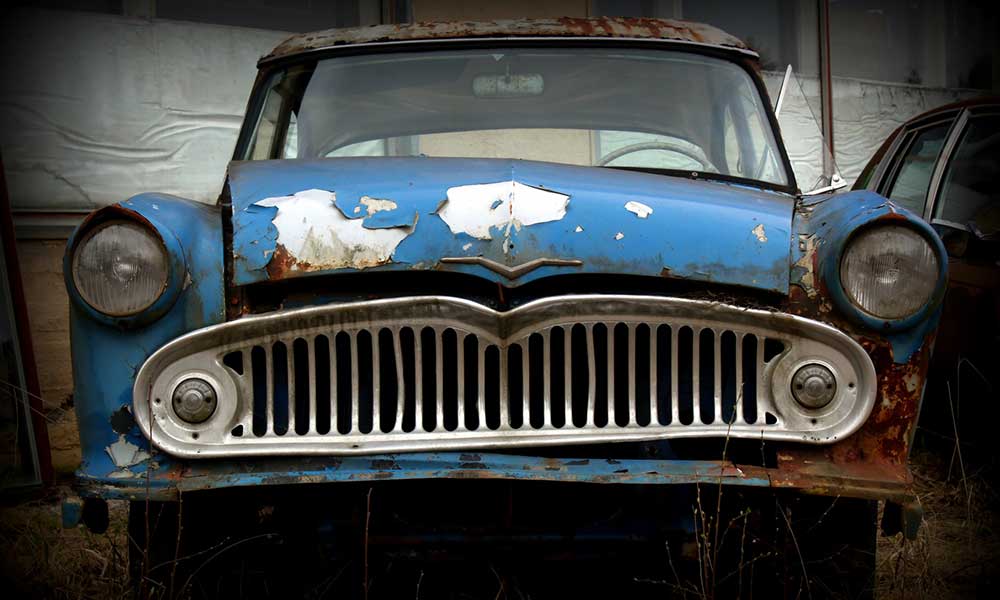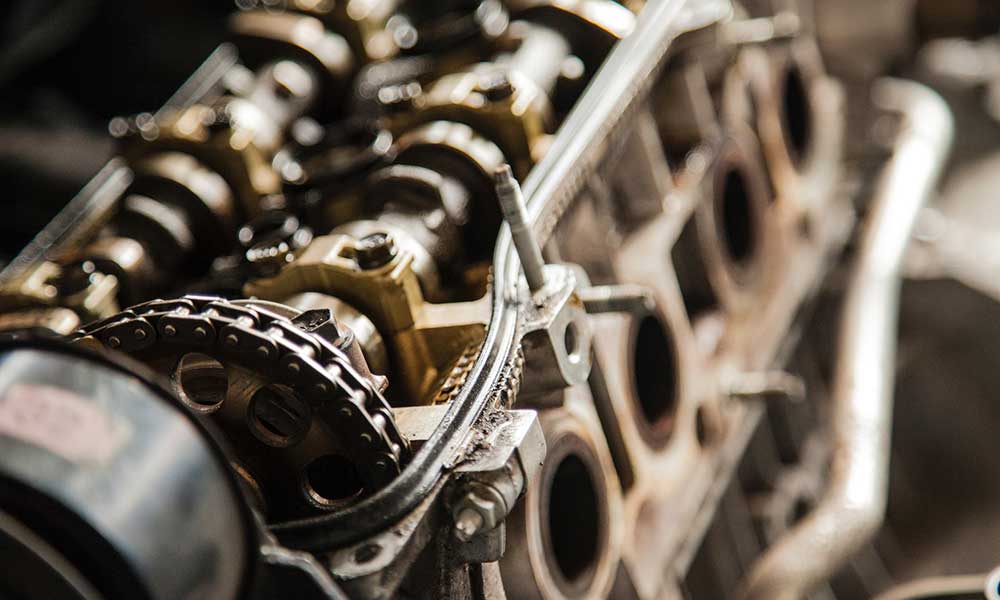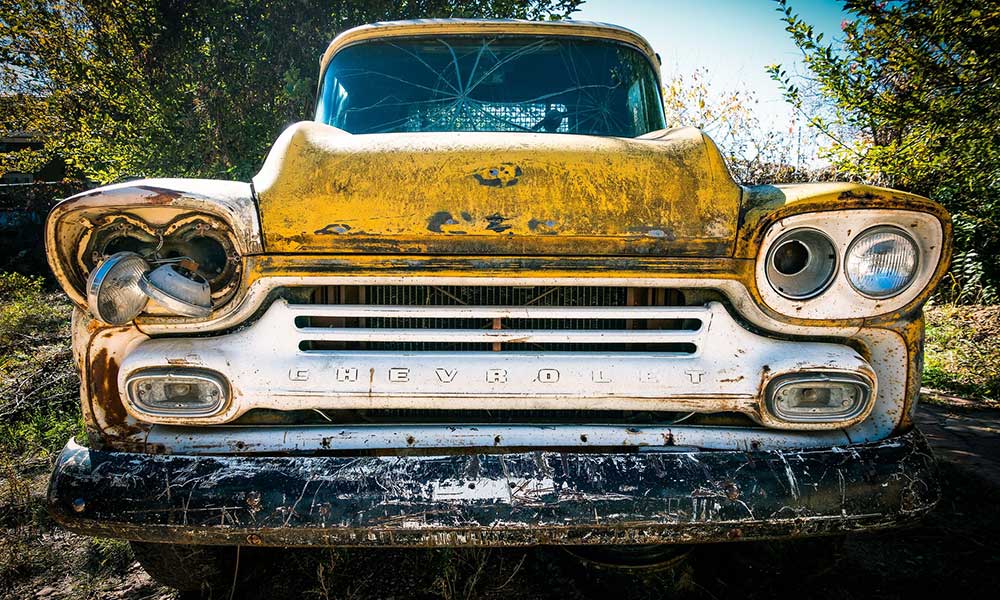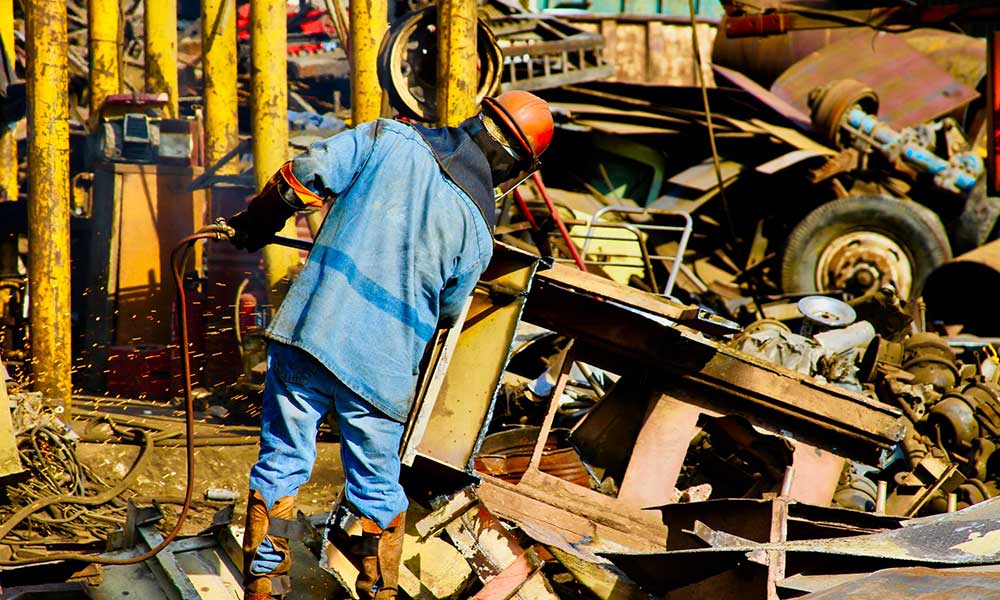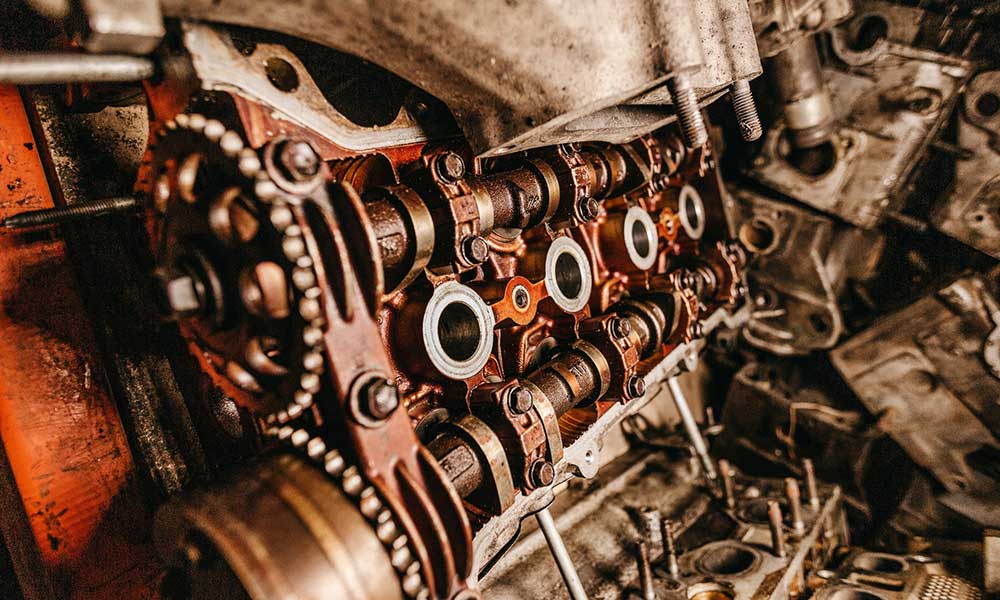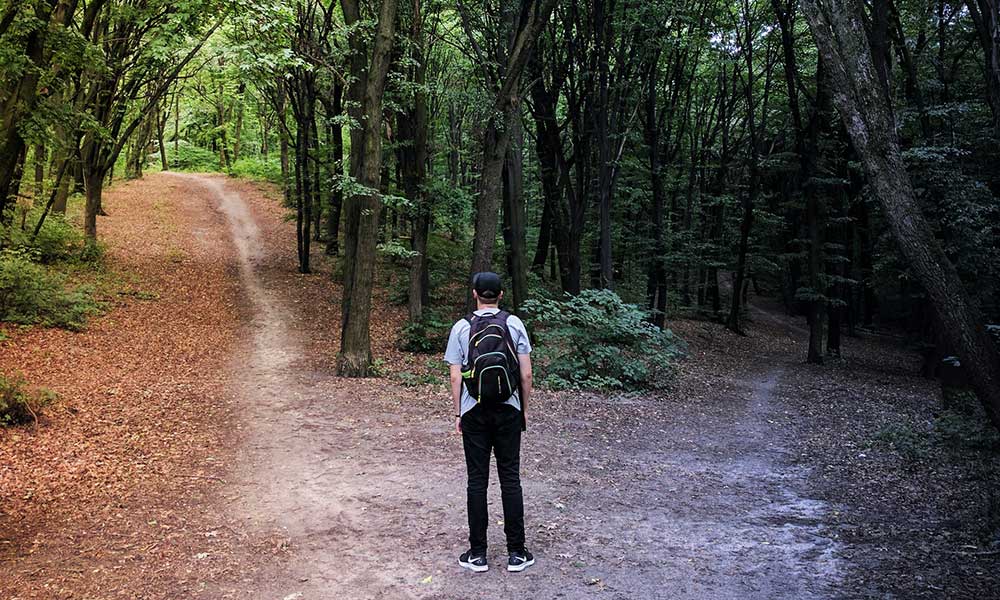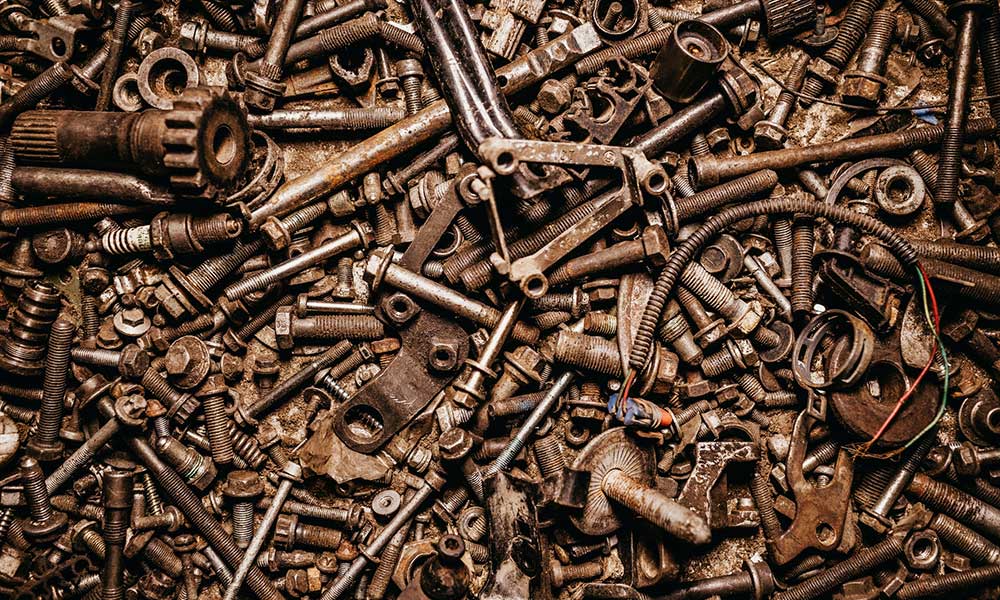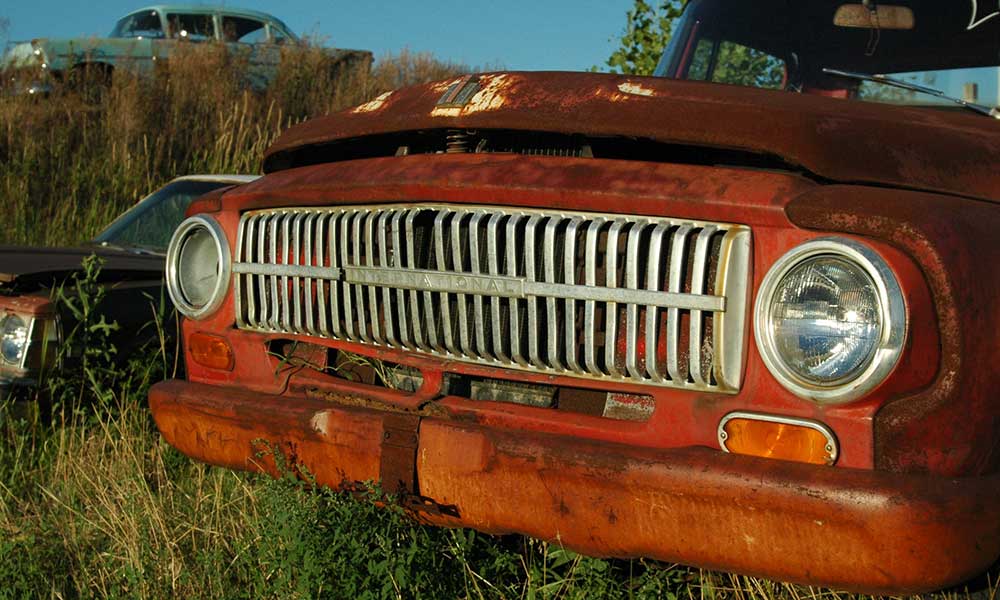Smog checks are designed to ensure environmental safety by ensuring that the amount and type of pollutants emitted by vehicles do not exceed maximum standards.
There are multiple components of any smog test, and most of the cars within the state of California must pass all parts of the test for them to qualify to be on the road. Here the technician will test various parts of your car to ensure everything is running as supposed.
Some of the most general tests done of vehicles include visual inspection of the emissions control component and the entire system. Another smog check is the vehicle’s functional inspection done by checking the engine lights and ignition timing. It also involves checking on the evaporative fuel system, exhaust gas recirculation, and visible smoke.
The technicians also check the vehicle’s On-Board Diagnostics (OBD) system. They also check the tailpipe emissions inspections though not all cars are subjected to this part of the test.
Notably, after the inspection is done, the checking center will offer you a copy of the vehicle’s inspection report (VIR) containing the information stored on the vehicle’s computer. In this case, if the vehicle passes the inspection, the referee issues the owner a certificate of compliance, and if not, they can offer guidance regarding the next steps.
What are the types of smog check stations in California?
Initially, smog checks referee stations are created to perform smog inspections, specifically those that are complicated and handle the smog checks circumstances. Most vehicles can be inspected in regular stations. However, there are different types of smog check stations to choose from depending on your car’s condition. Some of these stations include:
STAR stations
These conduct smog checks that meet higher standards and are more closely monitored by the Bureau of Automotive Repair. In this type of smog check, certain types of vehicles will be required by the DMV to be inspected in the STAR station.
Test-Only station
This is a type of smog check specializing in smog inspection and is not allowed to perform diagnostics or repairs other than just testing. They are created to ensure fairness in California’s smog check program. In this station, consumers are considered more secure knowing that there is no incentive to deliberately fail a vehicle because they know the station cannot make money off repairs.
The DMV requires a certain type of car to be inspected at a test-only center when the vehicle is found to have a higher chance of failing a smog test. Here the consumers are then free to take the vehicle to a repair station of choice.
Test-and-Repair Stations
These are check smog stations authorized to perform smog inspections, diagnostics, and repairs. If you want your vehicle to be repaired you are advised to take your automobile to this station for the initial inspection to simplify the process.
Repair-Only Stations
This describes the type of smog checking that can diagnose and repair vehicles but not perform any testing. This type is a good option if you are planning on getting your test done at a different station thereafter.
All these smog checking stations are available options, and it all depends on where you feel comfortable taking your vehicle. Besides, until the certificate can be provided, registration will not be renewed. In case the vehicle fails the smog test, the owner is required to complete all the necessary repairs and pass a smog check again to complete the registration.
If the costs of repairing the vehicle outweigh its value, the state may decide to buy it and have it scrapped. The buyback program is part of California’s consumer assistance program (CAP) that also offers consumer assistance for smog check repairs. The Bureau of Automotive Repairs is the administrator of the program.
Is smog inspection for every car?
Not every single vehicle has to pass through a smog inspection. Owners with vehicles that fit some of the following descriptions are not required to undertake a smog check. For instance:
• Hybrid vehicles
• If the vehicle is a 1975 model or older and is gasoline-powered
• If it’s a 1997 model or older as is either diesel-powered or has a Gross Vehicle Weight Rating (GVWR) higher than 14,000 pounds
• If the vehicle is electric
• If the powered by natural gas and has a GVWR rating higher than 14,000pounds
• If it is a motorcycle
• A trailer.
How often do I need to get a Smog Check?
Getting your vehicle to a smog check station depends. Various areas within the state of California are part of the biennial smog certification program. In this case, if your car is registered in one of these areas, then you will need to provide evidence of smog certification to every other registration renewed period after every two years.
In addition to that, there are other circumstances that play the role of change in the frequency of the required smog inspections. Some of these circumstances include; when the car is more than six years old. In this case, you must pay an annual smog abatement fee for the first six registrations instead of having a smog check.
Another circumstance is when a person transfers a vehicle that is older than four years. In this case, there will be no need to have a smog certification. However, the vehicle’s new owner is required to pay a smog transfer fee. All in all, you should follow your DMV registration renewal notice as it will inform you when the vehicle is required to be taken for a smog check.
Rendering to the state’s report, the California DMV requires vehicles to undergo one of the two different smog check types randomly based on the vehicle smog check history. Your DMV registration document will either mention the required smog certification, in which case you can visit any of the smog stations.
The other one is the smog certification required at a STAR station, in which case your vehicle has to be inspected at STAR Test Only Center or even at STAR Test & Repair Center. Notably, all older vehicles are recommended to visit STAR check stations, whereas newer models are allowed to obtain a smog test at any of the stations.

